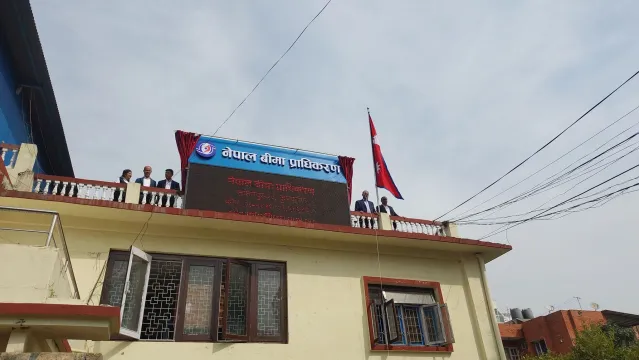Kathmandu: The new investment directives issued by the Nepal Insurance Authority are expected to pave way for investment diversification of insurance companies in Nepal. In a move to ease the investment regulation for the insurers, the Authority has issued separate investment directives for the different types of insurance companies.
The Authority has executed 5 separate investment directives from 20 Mangsir 2079 for the Life Insurers, General Insurers, Micro-Life Insurers, Micro-General Insurers, and Re-insurers. The major change made in the new investment directives is the parameter for the investment limit. The Authority has scrapped the provision of limiting insurers’ investment based on the technical reserve. The new directives have allowed insurers to calculate their limit of investment for a specified area based on the total investment.
The new directives also allow insurers to make additional investments in the state’s priority sectors like hydropower, tourism, transmission line, alternative energy production, infrastructure building, etc.
The Authority has defined 11 areas of investment for re-insurers which includes up to 30 percent term deposits in ‘A’ class BFIs and Nepal Infrastructure Development Bank. Similarly, 20 percent and 5 percent in term deposits of ‘B’ and ‘C’ class BFIs. The percentage is calculated on the total investment made by the insurers. Further, the Authority has set the ceiling for investment in the promoter shares, bonds and debentures of BFIs and listed companies. Only up to 20 percent of the total investment is allowed in these sectors.
Despite efforts of the regulatory authority, the majority of investment of insurers is concentrated on the term deposits of commercial banks. Mostly, life insurers are rigid to their traditional investment practices amid their long-run liabilities towards their policyholders. So, they opt for term deposits in A-class commercial banks where the investment is comparatively at low risk.
The insurers are in favor of making a collective investment for large-sized projects to share risk while making the maximum utilization of their funds for priority sectors.
Life insurers in Nepal have mostly sold endowment plans with a maturity term of 5 to 25 years. So, they cannot take the chance to take risk beyond their risk-bearing capacity limit. Unlike the general insurers, they have limitations for the investment of the funds collected in the life funds.










